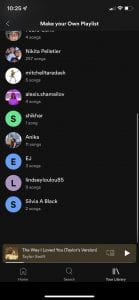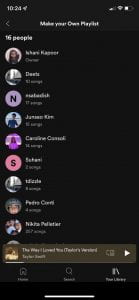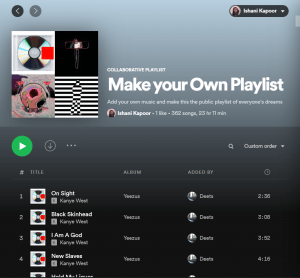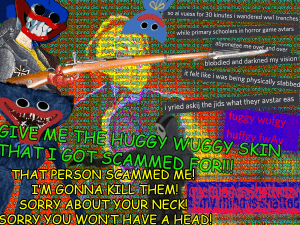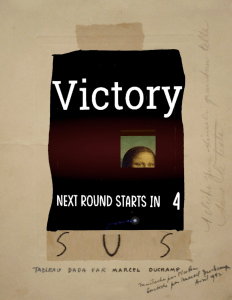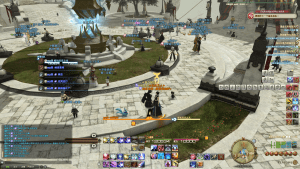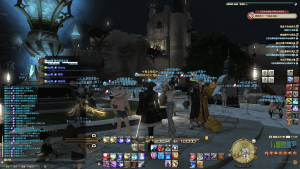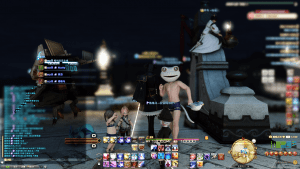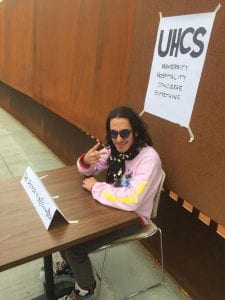Playing League of Legends: The Correct Way
My intervention idea was basically playing League of Legends without any constraints or without apply the community’s norms when playing the game. League of Legends is a 5v5 competitive multiplayer game with 5 roles on each team where for each role, all the champions have implied role or roles. So, I would jump into a game of League of Legends and depending on whatever role I selected, I would pick a champion that would usually not be considered part of the acceptable champion pool of that role. So, for instance, the champion Irelia is considered to be a mid or top laner but playing her support is counterintuitive since her skill set is based on killing minions and stacking them whereas the support role usually does not kill all the minions.
Artist Statement
During the process of coming up with an intervention idea, I really wanted to intervene in a community that I was part of and somewhat try to suggest new perspectives or ideas that would be considered unordinary, toxic, or confusing. So, I decided to intervene the League of Legends community by picking champions that were not necessarily in their correct position in the eyes of the community. I was really inspired by the phone game that was presented by Professor Curry and Gradecki and the Yes-Men where both of these interventions really tried to comment something about part of their community. The phone game explicitly showed the entire process of how an iPhone was made where the game showed the somewhat radical forced labor that goes through in other countries that makes the phones. This included child labor in Africa to mine resources for the phones. This game was only on phone game apps such as the Apple Store which speaks volumes towards how someone in another country can play the game and view these horrific real-life issues but still go on with having a phone. Also, the Yes-Men inspired me in a similar way where they created an obscene outfit that would definitely not be mainstream, yet people were still inviting them and asking them to talk about these outfits. Nobody considered them wrong at all and continued to take notes and listen even though this was complete joke. In a similar way, my intervention wanted to touch on the subject of toxicity and the rigidness of competitive games especially in team games where other players actions heavily influences the outcome of the games. I chose the role support and picked champions that would typically not be considered a support such as Irelia, Azir or Lee Sin. I wanted to see the reactions of my teammates from these unconventional picks and see what happens when I would do bad in game or well. I found that whenever I played better than my teammates expected, they didn’t really have anything negative to say but whenever I did bad, the opposite happened. The community became toxic and start to question my choice. However, besides this comparison, most of the time, my teammates would already question these champions. I realized and asserted the fact that, maybe not as a whole, but gamers would be set on what is the norms in competitive games and whatever happens outside would be questioned unless done well. Especially the League of Legends community, unconventional ideas that don’t fit what’s right or normal causes doubt and toxicity.

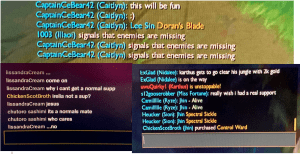
A bundle of responses that I received from my teammates because of the champion that I played. Sometimes this was a mix of bad gameplay but for the most part, players would either or include all, leave the game before the game started, question my support pick, and criticize me because of my pick.

